High Resolution Camera Easy to Use Portfolio Photo Quality
The best professional camera in 2022: which pro camera system is best?
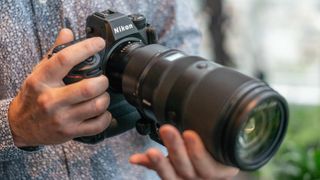
The best professional camera for you will be dependent on what you shoot. If you're a fashion, portrait or beauty photographer you'll want a camera with a high resolution so you can crop in and print images large scale. Sports and news photographers should be more concerned about things like burst rates and tracking capabilities while professional landscape photographers will need a camera with excellent weather sealing as well as lots of megapixels.
There are a handful of cameras which can do all of these things, but they cost a fortune. Often the key to finding the right camera for you is figuring out what you need out of your kit. If you're a videographer (or you regularly shoot video for your work), for example, then you'll be looking for a whole other set of features, with uncropped capture, codecs and frame rates becoming far more important than autofocus modes and sensor size.
If you are primarily a videographer, then you may want to check out our dedicated Best 4K cameras for video (opens in new tab) guide, or check out the best cameras for vlogging (opens in new tab). Serious filmmakers may be best off looking at our guide to best cinema cameras (opens in new tab).
Plus, the medium format camera (opens in new tab) market is only becoming more competitive. The release of the compact and relatively affordable Fujifilm GFX 100s (opens in new tab) definitely turned a few heads, making medium format a little more accessible. While you could never call medium format cameras 'cheap', the Hasselblad 907X 50C (opens in new tab) joins the GFX 100s in featuring a more affordable price tag. Don't worry though, there are still plenty of eye–wateringly expensive models, including the brilliant Phase One XT (opens in new tab).
To help you find the best professional camera for your purposes, we've divided this guide into six different brands. After all, when you purchase a camera, you're also buying into the entire lens ecosystem – so, you want to make sure that the camera has the glass you'll need.
No matter whether you've got a budget of $1,000 or $10,000, we've gathered the best professional cameras right here.
Best professional camera in 2022
Canon
Canon offers a large range of professional lenses and produces some of the most highly-regarded pro cameras. The best Canon cameras (opens in new tab) have traditionally been known its DSLRs, especially in professional circles, but it's shifting its attention wholesale to its new mirrorless EOS R system, and the original EOS R (opens in new tab) and beginner-orientated EOS RP (opens in new tab) were just the opening salvo – the EOS R5 is the camera that's caught our attention, and that of every other pro photographer out there, we suspect.
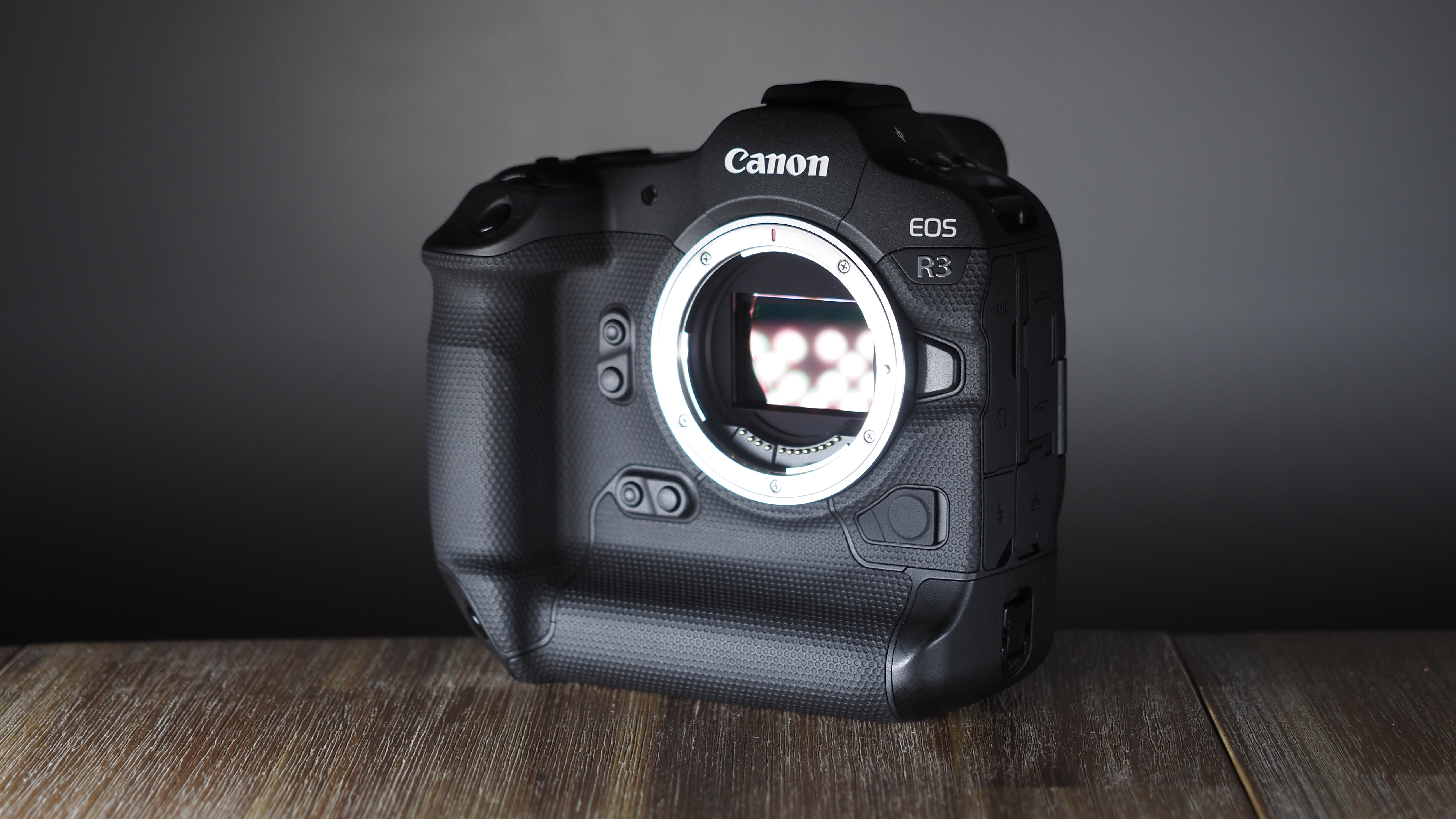
(opens in new tab)
The Canon EOS R3 is a top-tier tool of choice for working professionals. Whether you shoot sports, weddings, portraiture, pets or news, the blackout-free 30fps stills and 6K RAW video mean that you never miss a moment of action or detail – and the improved AF performance, coupled with ghostly good Eye Control AF, ensure that every shot is focused exactly where you want it. It sets a new dynamic range benchmark for pro-level cameras, and its lower pixel count enables it to generate significantly less noise than the higher resolution rivals from Sony and Nikon. This is the professional camera of the future – and it's here now.
Read our Canon EOS R3 review (opens in new tab)
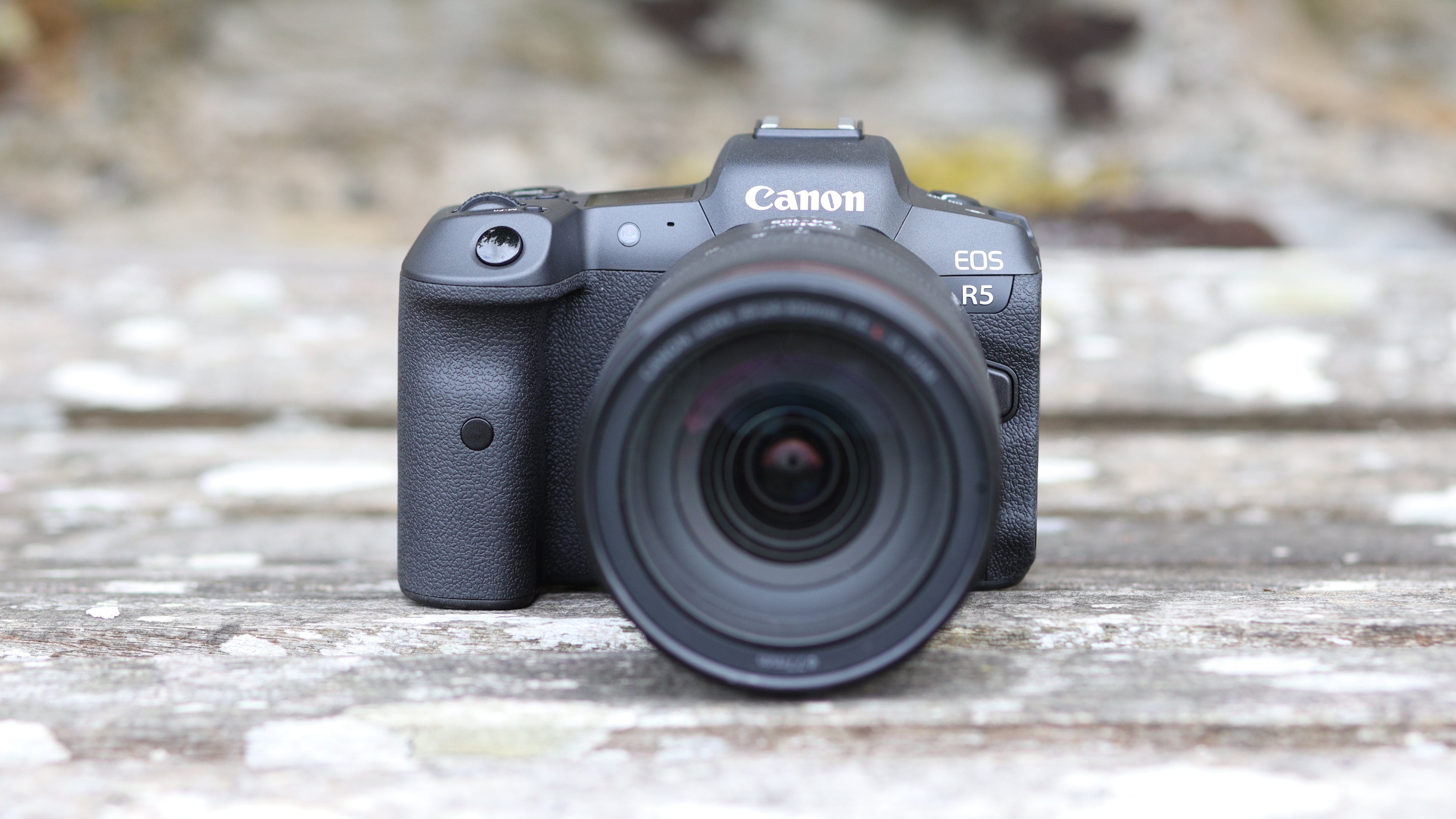
(opens in new tab)
As a stills camera, the Canon EOS R5 is simply Canon's finest product ever. It's the perfect amalgamation of the EOS R's form, the EOS 5D's function, and the professional-grade autofocus of the EOS-1D X. If you're a stills or hybrid shooter who flits between photography and videography, it's one of the best cameras you will ever have the pleasure of using. It has attracted some attention for the wrong reasons, notably overheating (or the threat of it) when recording 8K video, but this shouldn't detract from this camera's extraordinary capabilities. It's not perfect at everything, but given its resolution, its frame rate and its video capabilities combined, this is genuinely a landmark camera. What's more – and this might sound a little strange – it's taken the arrival of the much more expensive Sony A1 to realize just how good the Canon EOS R5 actually is.
Read our Canon EOS R5 review (opens in new tab)

(opens in new tab)
Released in September 2021, the highly anticipated Canon EOS R3 (opens in new tab)is somewhat a beast of a camera. Whether you shoot weddings, sports, portraits or pets, be sure to never miss a moment with blackout-free 30fps stills and impressive 6K Raw video. Despite not being released as a mirrorless alternative to the Canon EOS 1D X Mark III, it has such up-to-date technology it outshines the 1D X III in more ways than one. It has a peerless AF system that enables you to select focus points moving your eyeball which means you never have to look away from the action. Combined with Canon's new Deep Learning AF it's able to detect not just human and animal eye AF, it can track vehicles too. It features powerful in-body stabilization, it's lightning-fast (so much so you can actually slow down the shutter mechanism) and it's completely weather sealed. It switched on in just 0.4 seconds which makes it ideal for catching a moment on the fly. Canon really did outdo themselves with the EOS R3 which has got us excited about the future of Canon cameras.
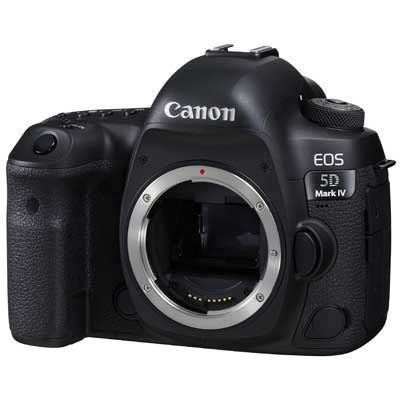
(opens in new tab)
Mirrorless cameras might have taken over but that doesn't mean there isn't still a place for the humble DSLR. In fact, the Canon EOD 5D IV is still a pretty popular choice among professional photographers despite being released in 2016. It combines a reasonably high-resolution 30.2MP sensor with decent continuous burst speeds and fast AF. Although it can shoot in 4K the file sizes are massive so you'd be better off looking at the best cameras for 4K video (opens in new tab) if that's something you're likely to use a lot. It's robust, reliable and weather resistant which is a major plus for pro photographers. Sadly, Canon has shifted almost all its attention to its new EOS R range of mirrorless cameras so we don't know when - or even if - we will ever see a successor to the EOS 5D IV but we can enjoy what a great but of kit it is anyway.
Read our Canon EOS 5D Mark IV review (opens in new tab)
Sony
Sony launched its full frame mirrorless camera system from scratch, and although you can use older Alpha lenses designed for its SLR cameras on the new A7 and A9 bodies, in practice you're much better off investing in native FE mount lenses. There are now 31 native FE lenses with more to come, so although swapping to Sony might be expensive initially, these cameras have a lot more native lens support than other mirrorless camera brands.
See also: Best Sony cameras (opens in new tab)
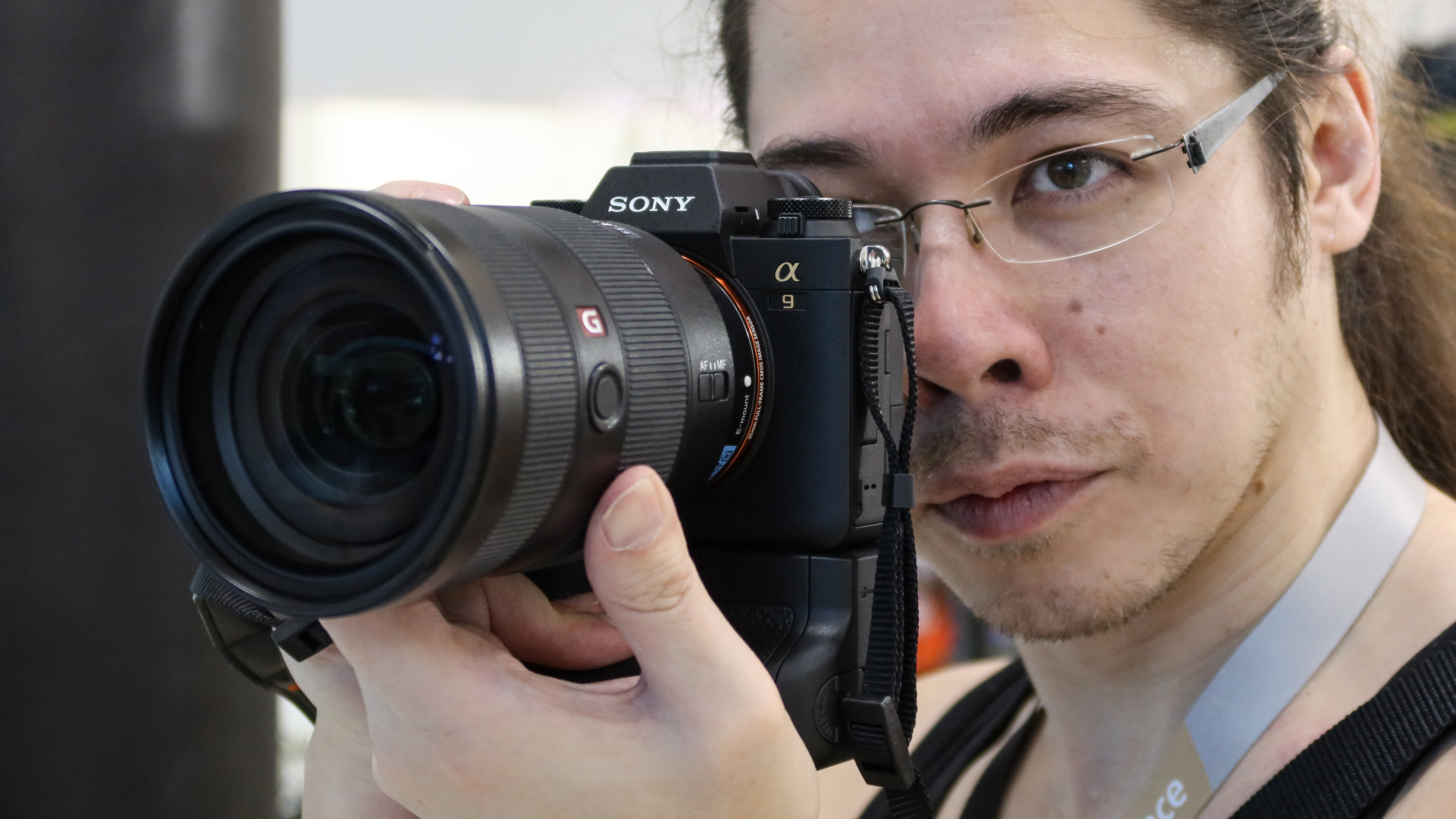
(opens in new tab)
Until we got our hands on the Canon EOS 1DX Mark III, the Sony A9 II was by far the fastest full-frame sports camera we'd ever used. The fact it's still a lot smaller than the 1DX Mark III is a big selling point plus it has a lighting fast processor and its autofocus system is extremely impressive. It features a Transfer & Tagging system which enables you to capture up to 50 seconds of speech and convert it to an image caption plus the speed of image transfer has been massively improved which is great news for press or sports photographers who need to deliver images fast. It can shoot up to 20fps using the electronic shutter and 3inch, tilting, touchscreen LCD. It doesn't have the handy Pro Capture feature you would find on Olympus cameras but considering what it does have going for it, we can forgive that.
Read our Sony A9 Mark II review (opens in new tab)
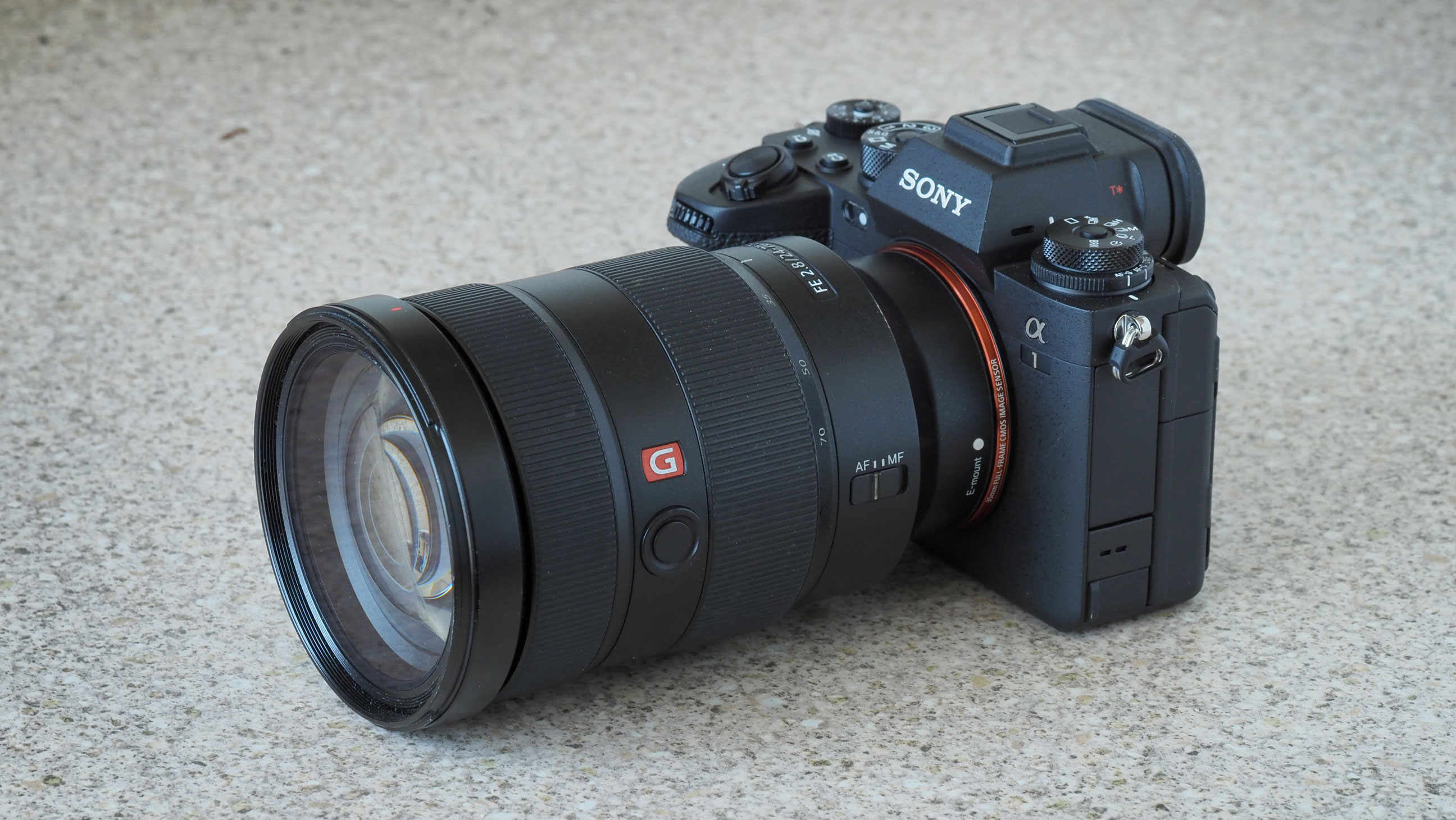
(opens in new tab)
This could be the ultimate mirrorless camera. There is literally nothing it can't shoot. Sports? Check, thanks to its unreal 30fps continuous shooting. Fine detail? Check, thanks to its 50.1MP resolution. Video? Check, thanks to its 8K recording capability (even though it's hampered by not having a fully articulating screen). The Sony A1 is far and away the most advanced and most powerful camera on the market… yet this comes at a cost, literally. It's about twice the cost of the Sony A9 II, and it's even more expensive than the 100MP medium format Fujifilm GFX 100S. There are also caveats on the 30fps burst, which isn't always achievable (sometimes topping out at 15-20fps, which is still impressive but less impressive than the spec sheet). Overall, though, if you want a camera that can take on any possible assignment, this is it.
Read our Sony A1 review (opens in new tab)
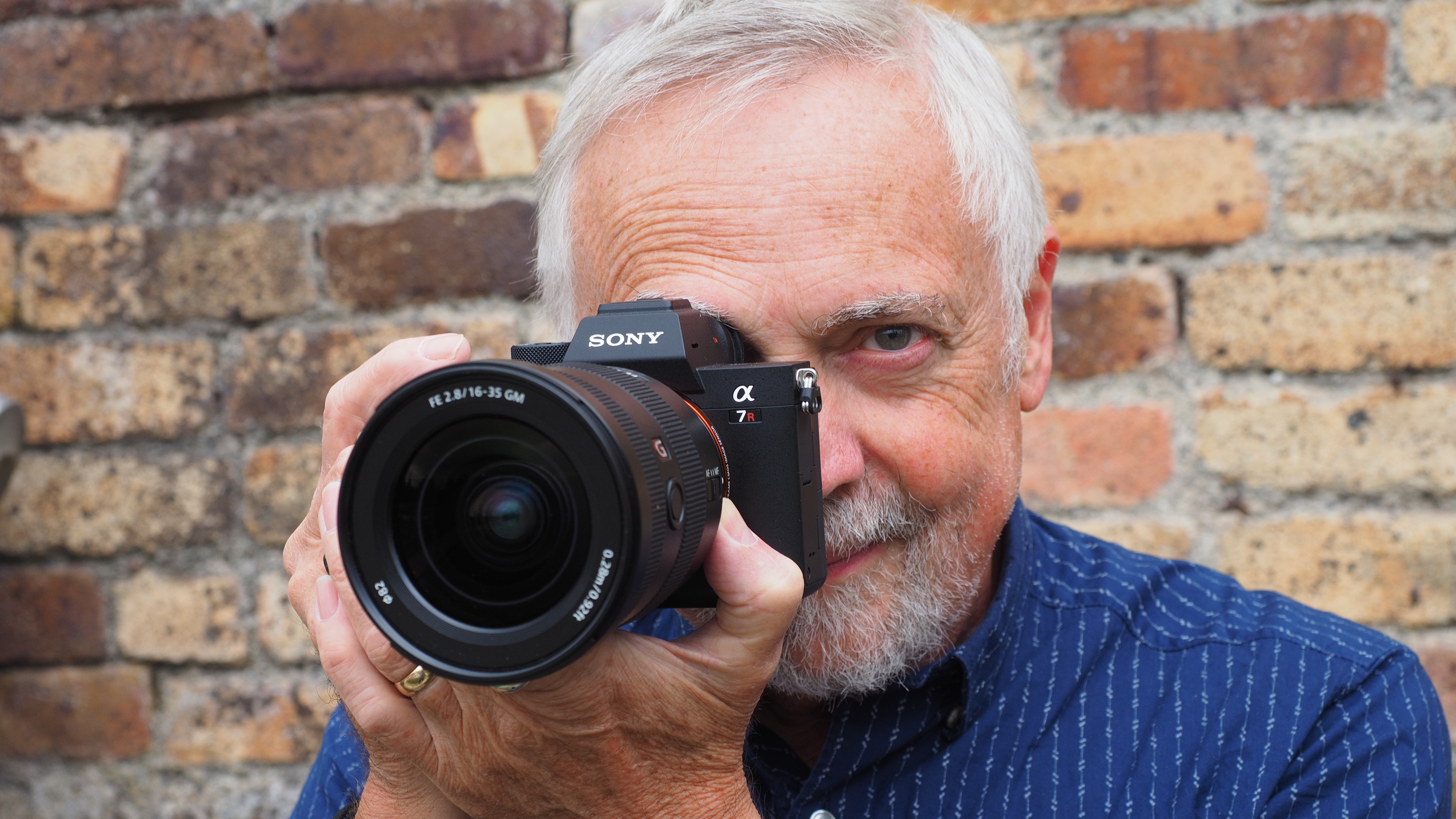
(opens in new tab)
The A7R IV is Sony's new highest-resolution full-frame mirrorless camera, with a record-breaking 61 million pixels and yet still capable of shooting continuously at 10fps. It also has Sony's usual very good 4K video capabilities, though still capped at 30p. The latest iteration of Sony's eye AF, however, is stunningly effective at tracking portrait subjects, even in continuous AF. While the Sony A9 is designed for out-and-out speed and responsiveness, the A7R Mark IV is much more suitable for all-round photography at the highest quality levels. It continues the 'R' line by offering the highest resolution of any full-frame camera, but while its 10fps burst shooting looks good on paper for sports photography, it doesn't have the buffer capacity and responsiveness of the A9, so its high frame rate is useful to have, but the A7R Mark IV would not be your first choice for sports. HOWEVER, for outright resolution, the A7R Mark IV reigns supreme, and not just in the Sony camp but amongst full-frame cameras in general. You have to switch up to medium format to beat this, with all the costs and limitations that go with it. Not even the new Sony A1 (opens in new tab), at twice the price, can match this resolution.
Read our Sony A7R IV review (opens in new tab)
Nikon
Like Canon, Nikon also offers a huge range of professional lenses, and a choice of pro camera bodies. Nikon has also taken its first steps in the full-frame mirrorless market with the Nikon Z6 and Z7 and, as with the Canon EOS R, these cameras can use existing current Nikon DSLR lenses, without restriction, via an adaptor, so Nikon users can try a 'sidegrade' to mirrorless a step at a time rather than having to swap out a whole system.
See also: Best Nikon cameras (opens in new tab)
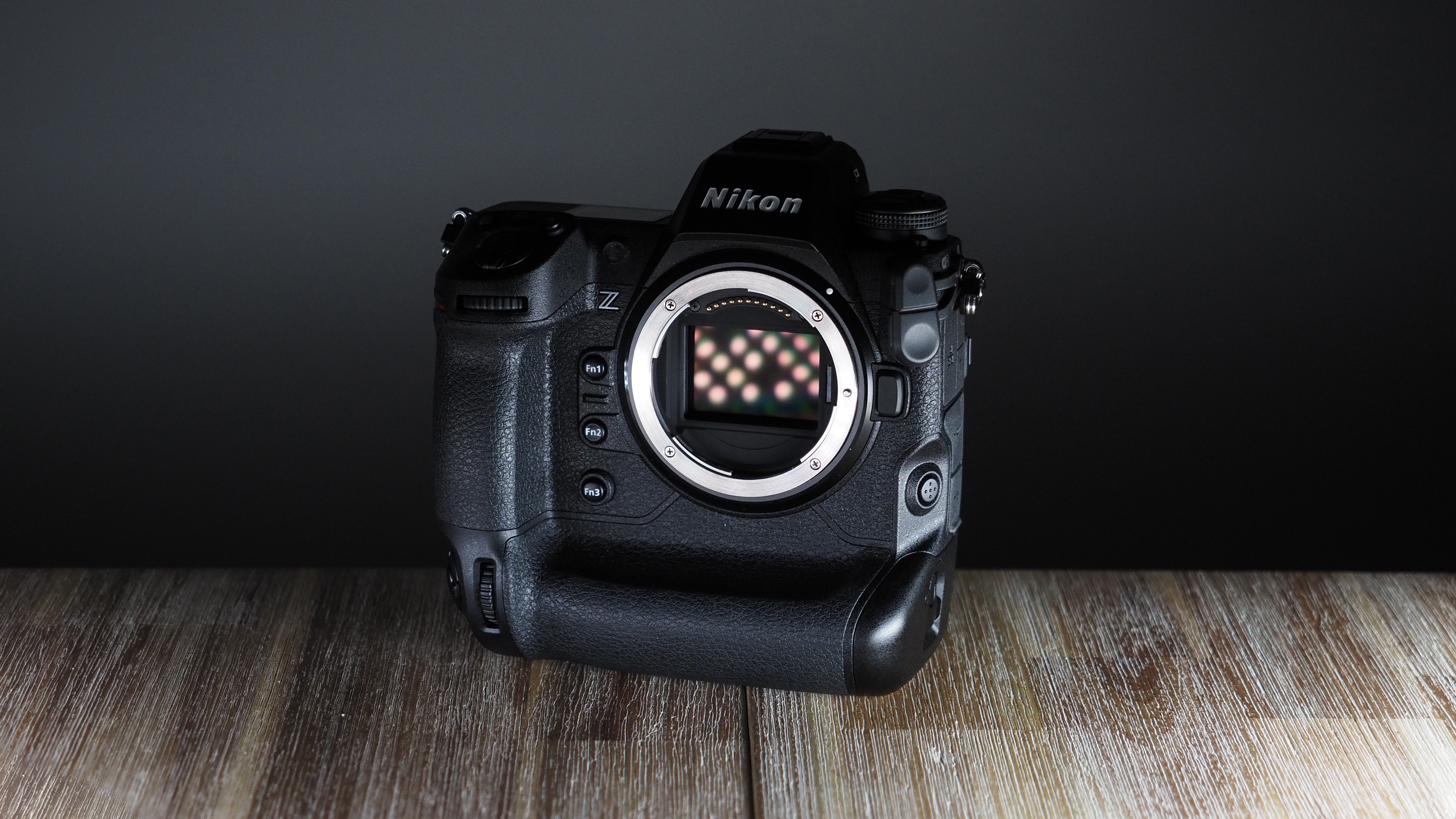
Nikon might've been late to the game in launching its professional, top-spec mirrorless but the Nikon Z9 was definitely worth the wait. It's an absolute beast of a camera when it comes to video, knocking the Canon EOS R3 (opens in new tab) out of the park. It's capable of 8K 60p video recording or 8K 30p with an enormous 2-hour record limit. Nikon decided to remove the mechanical shutter completely which means the Z9 is capable of 120fps continuous shooting and has a max shutter speed of 1/32,000 which makes it perfect for sport and bird photography. The Z9 is powered by Deep Learning AF (opens in new tab) which makes the camera capable of nine kinds of recognition: human eyes, faces, heads and upper bodied; animal eyes, heads and bodies; and cars, planes, trains and motorbike. It has the same 493 AF points as the Nikon Z7 II which seems impressive until you find out that the Canon EOS R3 has a whopping 4,779 AF points. The Z9 comes in quite a bit cheaper than both the Sony A1 and the Canon EOS R3 and it has a lot of advanced features.
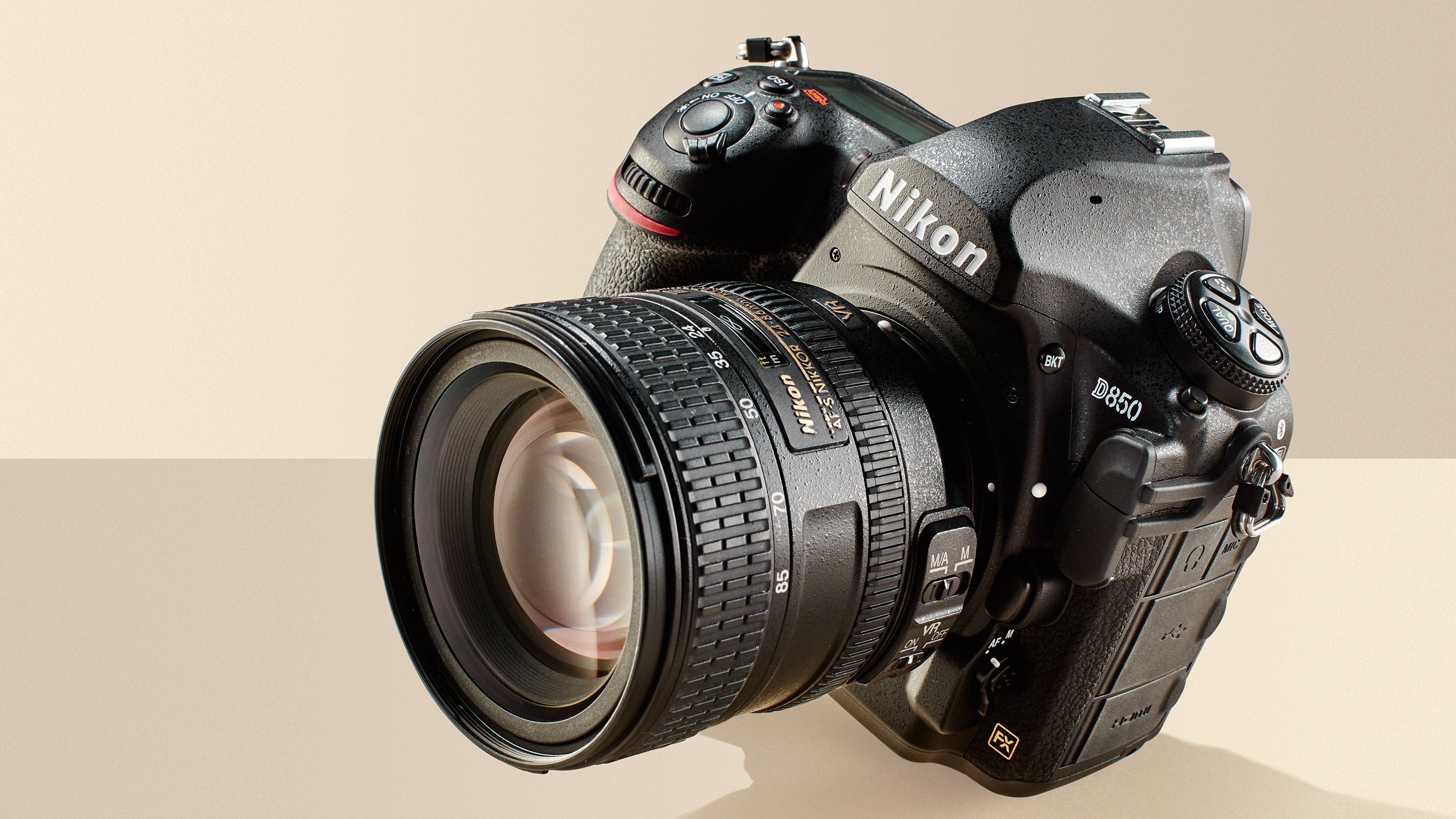
Where the Nikon D6 is built for sheer speed, durability and responsiveness, the D850 is built for resolution – though it can still capture images at 7fps, or 9fps with the optional battery grip. Some may say the D850 is the high-point of DSLR resolution and perhaps that last great DSLR release, but it does not feel like a dinosaur. Its big, chunky body feels good in the hand and great with bigger lenses, and while its live view AF may be sluggish, it's a very powerful, modern-feeling camera – a superb all-rounder that actually feels as tough, rugged, fresh and exciting now as when it was launched back in 2017. Whenever I was shooting fashion or editorial, the Nikon D850 was my go-to camera due to how easy it was to navigate and change settings and how beautiful the images came out.
Read our Nikon D850 review (opens in new tab)
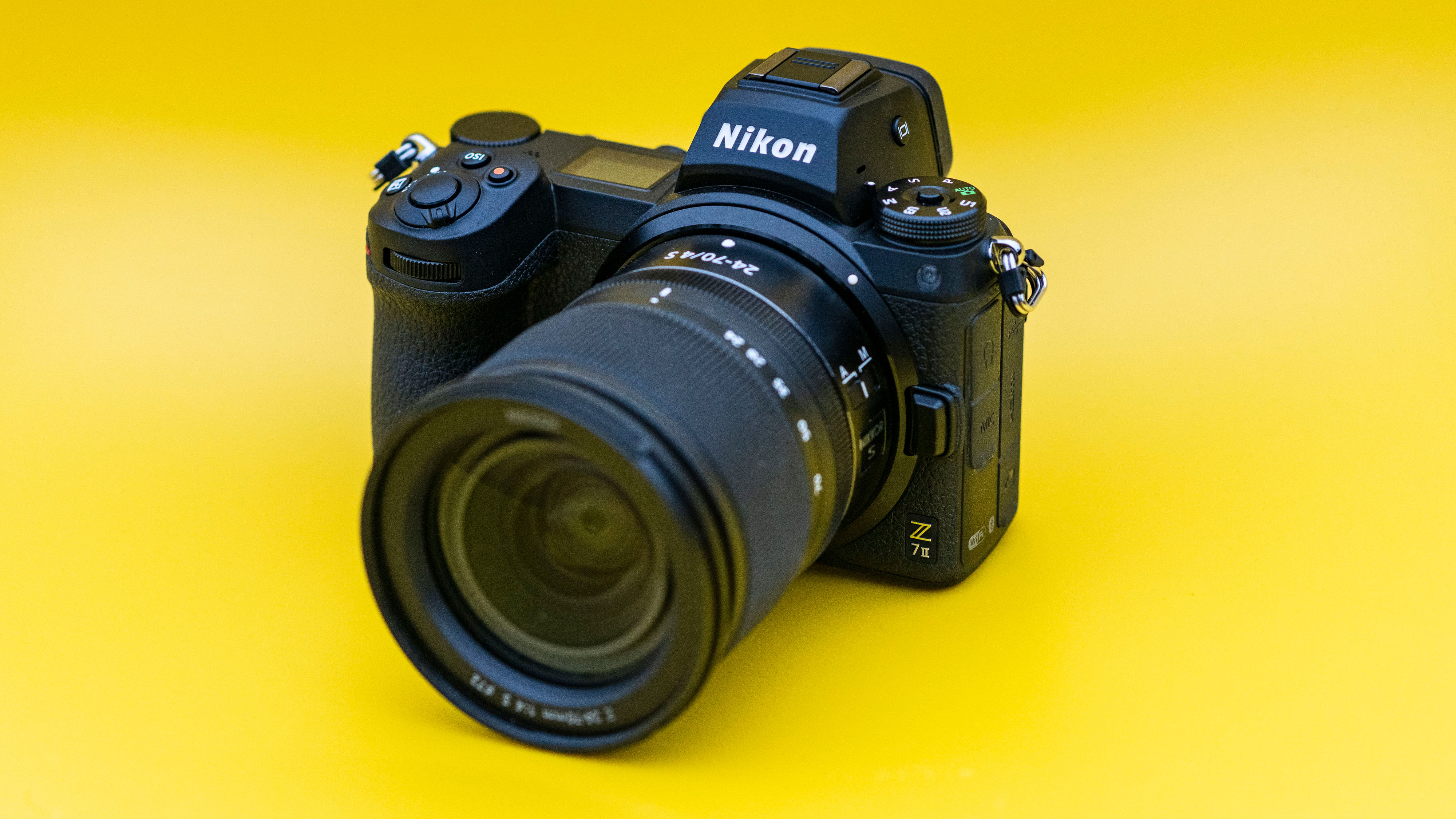
(opens in new tab)
The Z7 II is Nikon's flagship full-frame mirrorless camera and an updated version of the original Z7. All the changes that we've seen on the Z7 II compared to the original Z7 are certainly welcome, especially the additional card slot and dual processors. That being said, we can't help feeling Nikon have played it a bit safe. It doesn't really rival the impressive Canon EOS R5 or the Sony A7R IV, it just builds on the original Z7. It's still a brilliant camera and although it doesn't have as many standout features, it is capable of shooting in 12-bit 4K Apple ProRes raw when using an external monitor such as the Atmos Ninja V (although you do have to pay for the upgrade).
Read our Nikon Z7 II review (opens in new tab)
Fujifilm
Fujifilm has two separate lines of professional cameras - its APS-C X series and its medium format GFX series. The flagship X-T4 is the latest offering in the X range and one of the cheapest cameras on our pro list but its an incredible camera for both video and stills. With the GFX range, Fujifilm has done something not many other camera brands have managed - its made medium format photography affordable. The launch of the GFX 100s was an exciting moment for Fujifilm and Fujifilm fans who wanted the high resolution of the GFX 100 but in a smaller body and at almost half the price. We were so blown away by it in fact, we had to give it five stars in our review.
• Read more: Fujifilm GFX 100s vs GFX 100 (opens in new tab)
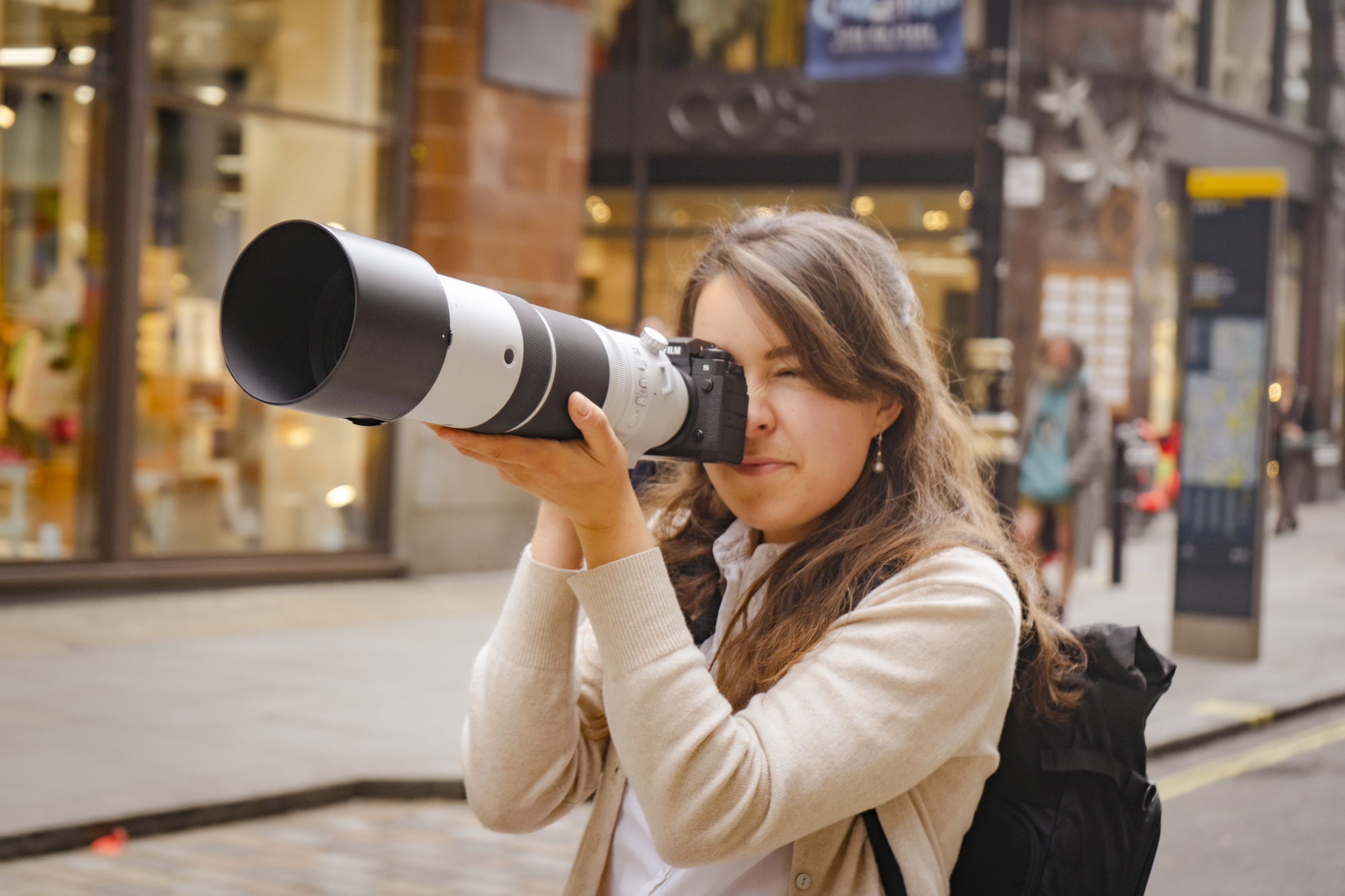
(opens in new tab)
The X-H2S replaces the Fujifilm X-T4 at the top of the Fujifilm X-mount camera range – until the 40MP X-H2 arrives later in 2022, maybe. We were impressed enough with the X-T4, but the X-H2S takes it to a new level, with 4x faster processing, 40fps continuous shooting, 6K video with 4K at up to 120p, in-body stabilization and a top-plate status display. It reminds us of the Fujifilm X-H1, the short-lived first 'pro' effort from Fujifilm that never quite overshadowed the X-T series. But the X-H2S is different, boasting professional build quality, ultra-high-speed capture and AI-driven subject recognition AF. It doesn't offer 8K video, but it can do 6K and an excellent set of 4K capture options which include 4K 120p and Apple ProRes codecs. The Fujifilm X-H2S may look pricey for an APS-C camera, but it can mix it with the fastest full frame models and undercuts them substantially on price. And let's not forget that Fujifilm backs it up with an impressive lens range too.
Read our Fujifilm X-H2S review (opens in new tab)
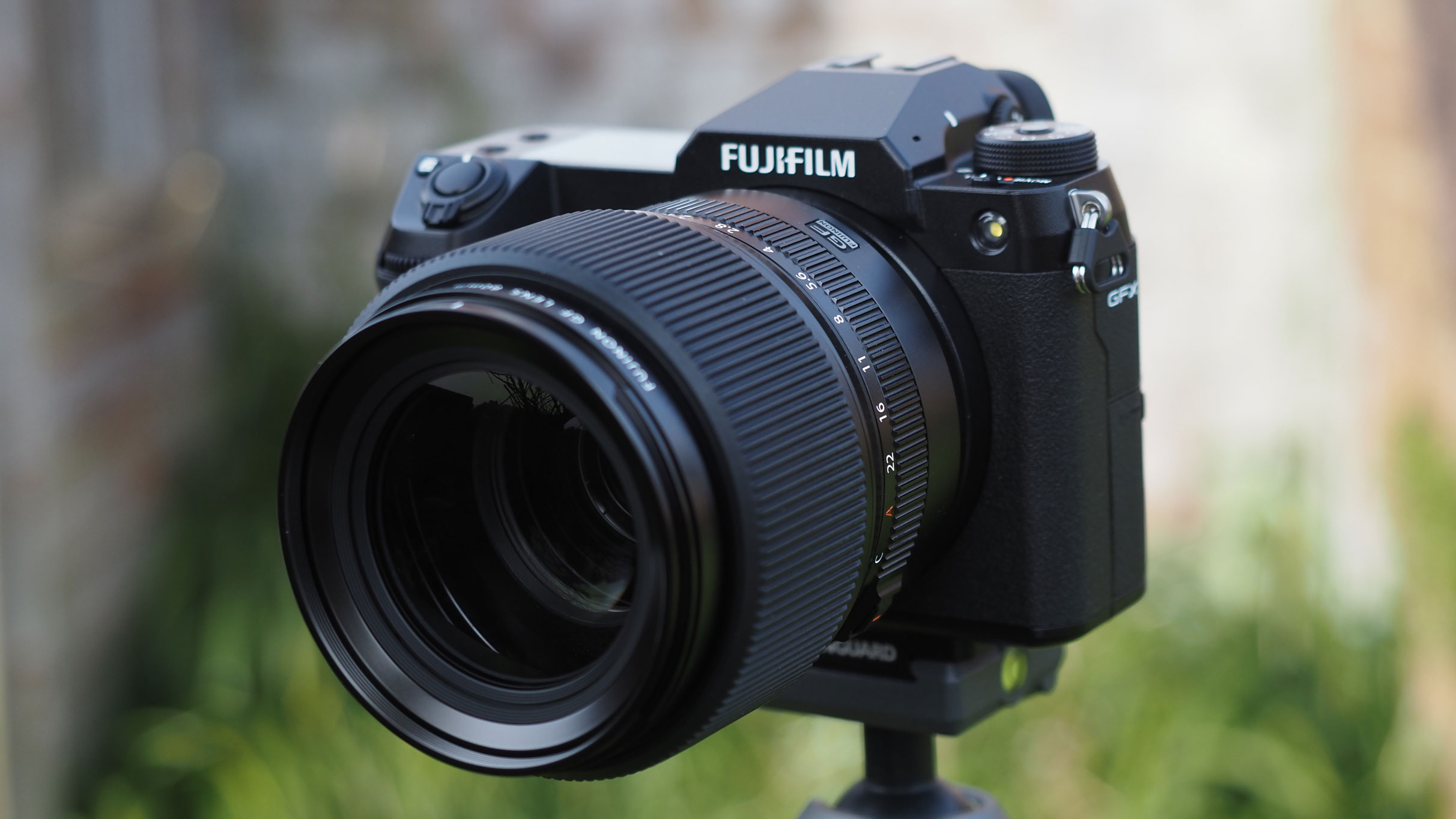
Want the ultimate resolution in a body so small and steady that you can use it for street photography? Meet the Fujifilm GFX 100S, a marvel of photographic achievement that packs a 100MP medium format sensor into a body about the size of a bulky DSLR that even possesses in-body image stabilization – which, despite having to stabilize a gigantic medium format sensor, is actually on par with the IBIS systems on Sony's smaller full-frame sensors. While it lacks the vertical grip of the $10,000 Fujifilm GFX 100 (opens in new tab), it's otherwise the same tech and same capabilities squeezed into a much smaller and much cheaper body – though Fujifilm's medium format lenses mean that this is still far from a compact system. The image quality is simply spectacular; for ultimate stills shooting, this is almost unbeatable. It even shoots an incredibly respectable 4K 30p video, too!
Read our: Fujifilm GFX 100S review (opens in new tab)
Read more: Fujifilm GFX 100S vs Fujifilm GFX 100
Panasonic
Panasonic's range is now split between its existing Micro Four Thirds cameras with smaller sensors but legendary 4K video capabilities, and its new full frame mirrorless Lumix S models – and with no upgrade path at all between these systems. There are an increasing number of native Lumix S lenses right now, thanks to the L-Mount Alliance and the work of other lens makers like Sigma and Leica. The Lumix S system is developing fast but will require heavy investment in an all-new system.
See also: Best Panasonic cameras (opens in new tab)
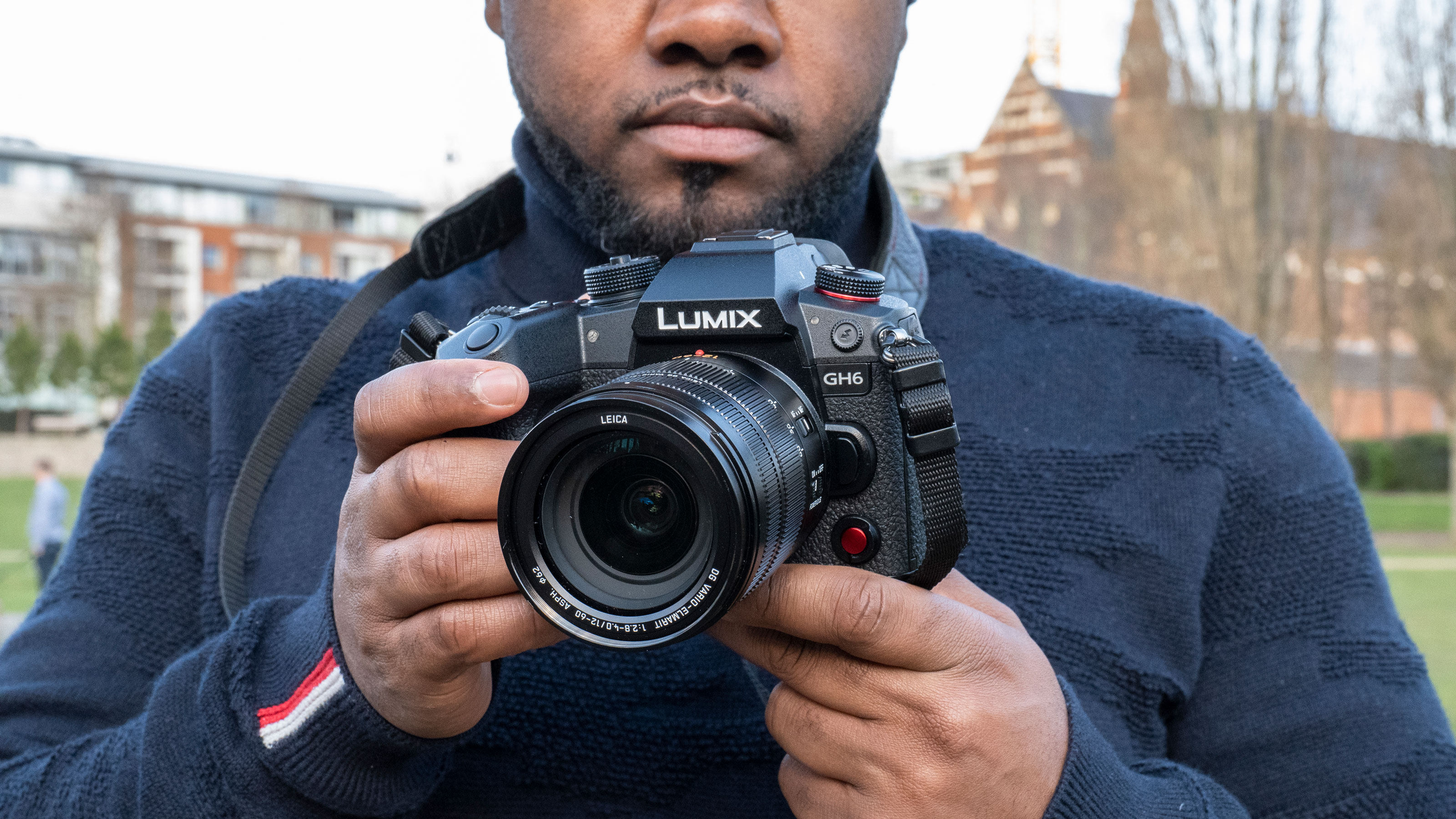
Good things come to those who wait is the phrase that comes to mind when I think of the Panasonic GH6. It had pretty big boots to fill following the popular Panasonic GH5 (opens in new tab)which still is regarded as one of the best value options for shooting video. However, the GH6 is an improvement in just about every way. It has a brand new 25.2MP sensor, it can shoot 4K at 120p or a staggering 5.7K at 60p. There was hope it would be able to shoot in-camera RAW thanks to the brand new stacked MFT sensor and CFExpress Type B storage but sadly it's not the case.
For those looking to shoot stills, Panasonic decided to stick with its DFD (Depth From Defocus) contrast AF system which is super fast and effective. From what we've soon so far, the image quality is very good, it can shoot up to 75fps in burse mode (when using the electronic shutter and AFS) although this is reduced to 8fps when shooting with continuous AF. The body is very big for a Micro Four Thirds camera - it's even bigger than some of the Sony A7 bodies however, the lenses are still much more compact and there's loads to choose from. All in all, the GH6 is incredibly impressive and while the starting price point is pretty high but it's still cheaper than the Sony A7S III and it has 5.7K capture and 25MP stills.
Read our Panasonic GH6 review (opens in new tab)
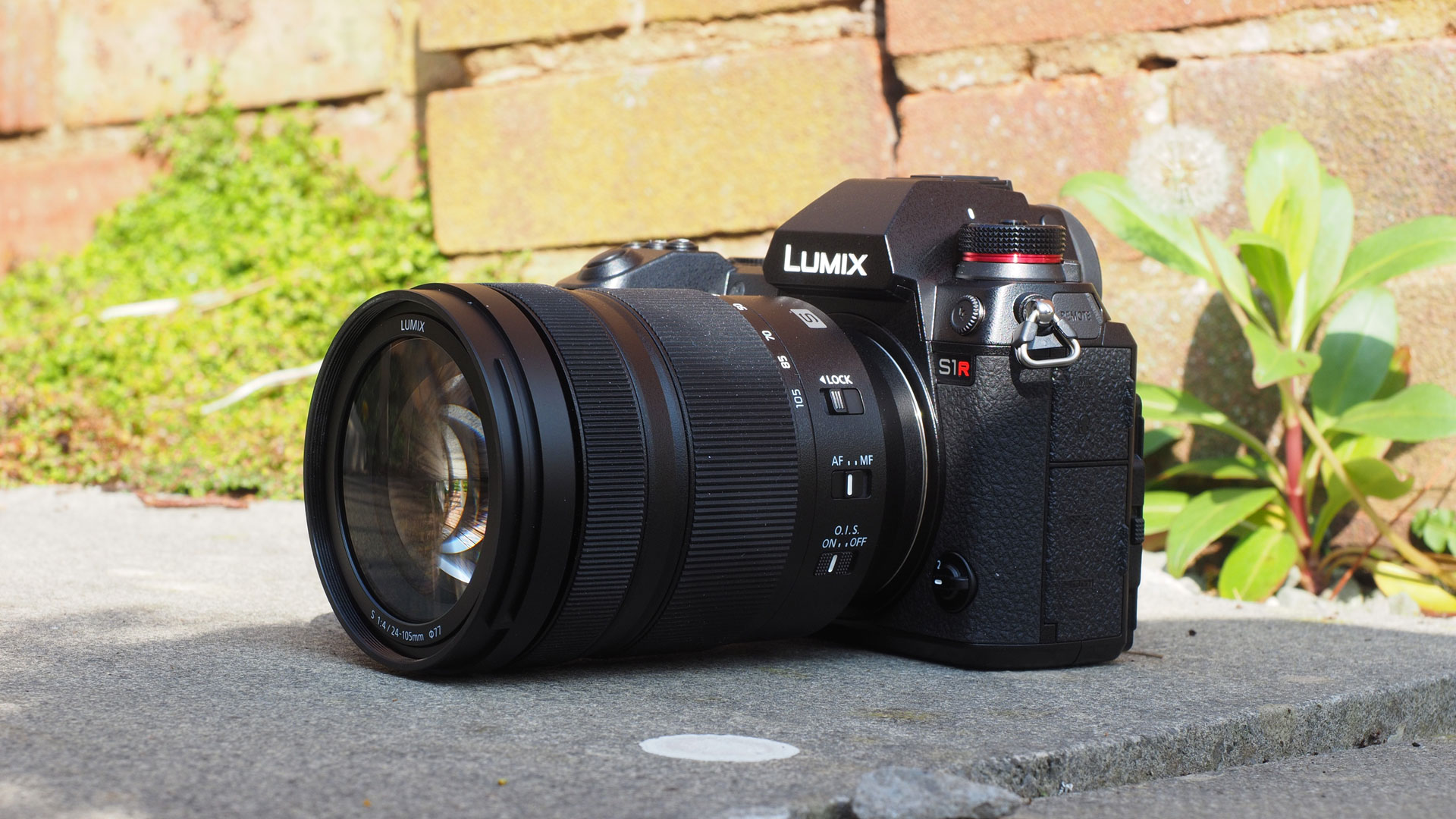
The new Lumix S range is a very interesting proposition for professional photographers, especially now that the range of L-mount lenses available is now quite good, and growing fast. The Lumix S1R is the most enticing proposition for pros, combining 4K video capture with a high-speed 6K photo mode and huge 47.3MP resolution. The 5.76-million dot electronic viewfinder is amazing, and the S1R handles very well too. The 24MP Lumix S1 (opens in new tab) is cheaper and a little better at video, but that's a cost decision – if you're really serious about video, the pricier Lumix S1H (opens in new tab) is the one to go for.
Read our Panasonic Lumix S1R review (opens in new tab)
Olympus
Compared to the spectacular developments from other camera makers, Olympus has had a pretty quiet time of it. It's soldiered on with its relatively modest Micro Four Thirds format in a maelstrom of medium format bombshells and armies of full frame mirrorless cameras. In this environment, a 20MP Micro Four Thirds sensor seems hopelessly outgunned. And yet it isn't. The MFT format's size brings substantial cost and weight advantages that its fans will be only too pleased to tell you about.
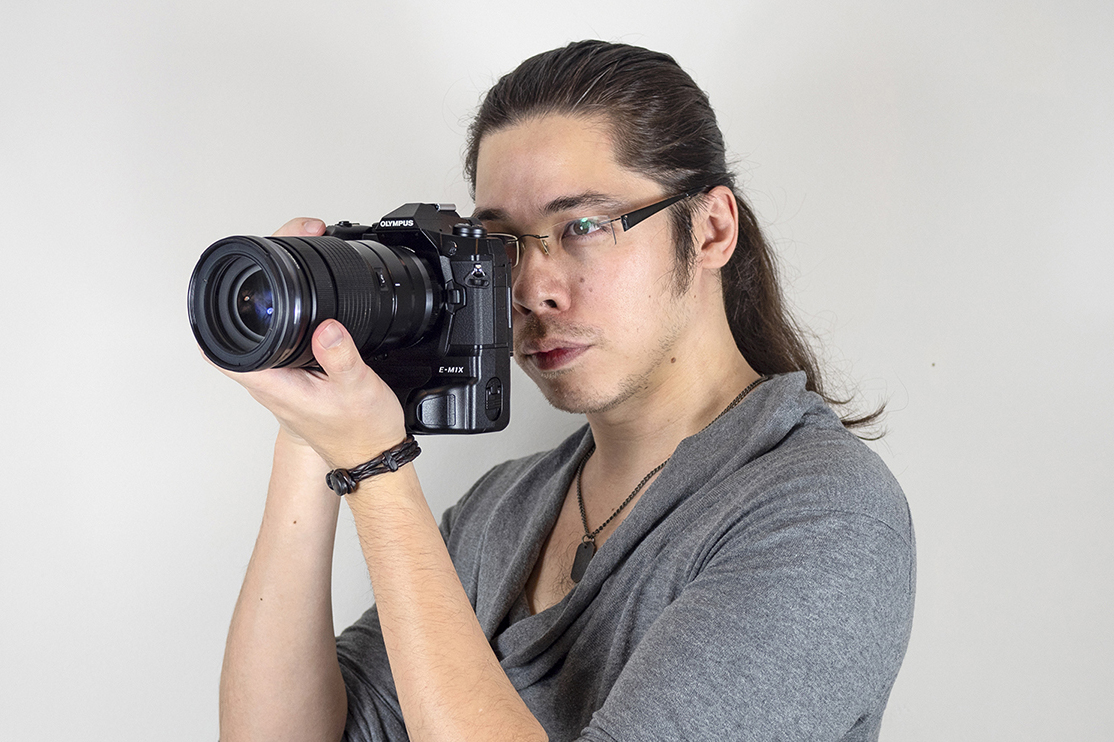
Olympus raised a few eyebrows when it launched the OM-D E-M1X, a big new professional camera aimed squarely at the sports market, but with what looked like very similar specs to the existing E-M1. But dig deeper and you find the E-M1X is a very different beast, with an integrated grip for bigger battery capacity and duplicated horizontal/vertical shooting controls and a dual processing system that dramatically ups the game for autofocus tracking, with a new AI system for recognising and tracking subjects. What many won't realise, too, is that Olympus has an extremely compelling pro lens line-up, especially for telephoto lenses, and while the Olympus MFT sensor is smaller than the full frame sensors used by Canon, Nikon and Sony pro cameras, it will cost a lot less to build a full professional system – and it will be a lot lighter to carry around. If 20MP is enough (it is for EOS-1D X Mark III and Nikon D6 devotees!), then the E-M1X is a very powerful professional proposition indeed. It's undermined slightly by the E-M1 Mark III, which borrows some of its tech, but the E-MX's big, chunky body gives it a serious handling advantage, especially with bigger lenses.
Read our Olympus OM-D E-M1X review (opens in new tab)
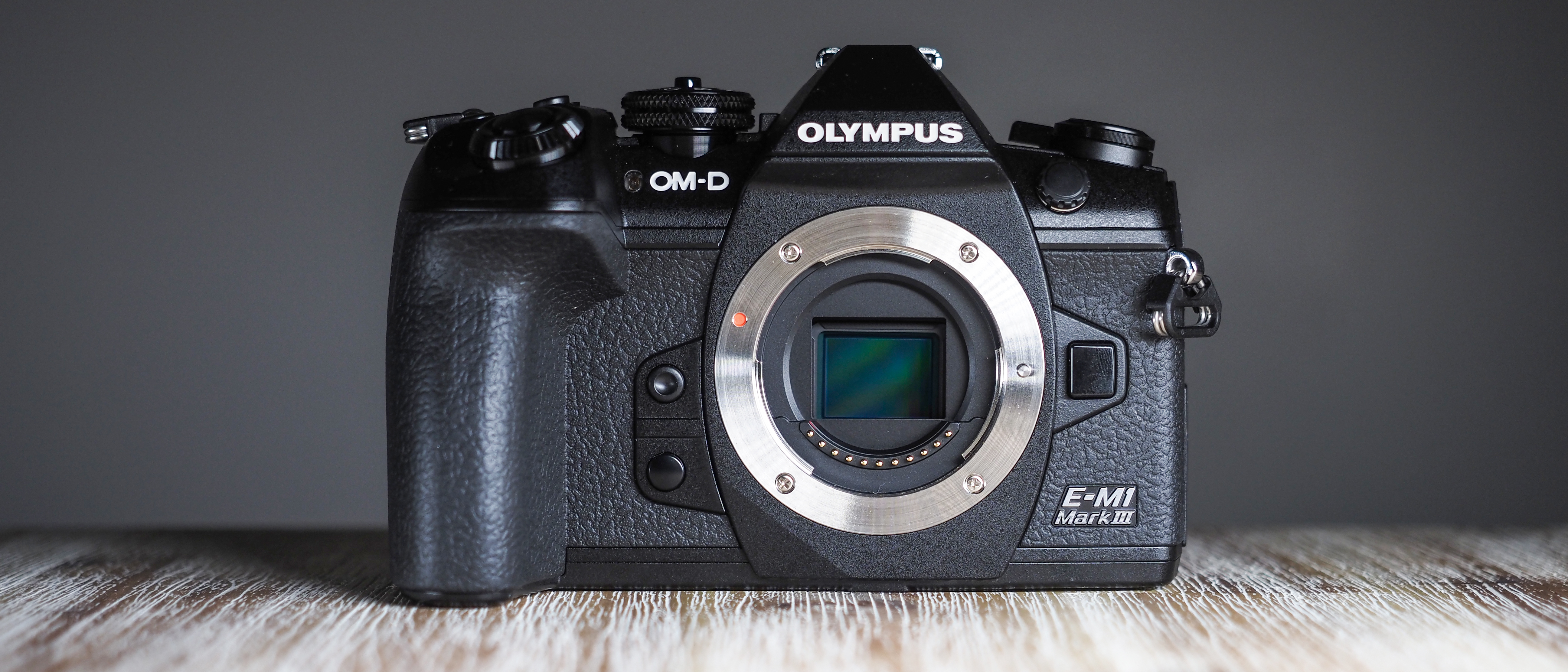
It's unlikely Olympus will ever fully overcome resistance to its smaller Micro Four Thirds sensor format, which is one quarter the size of those in its full frame rivals, but that's a pity because this system has a lot to offer. The Olympus OM-D E-M1 Mark III is actually a very effective all-round professional camera for general photography. When shooting sport, its autofocus and frame rate are a good match for more expensive full frame rivals and its Pro Capture mode (up to 60fps) is just jaw-dropping. When high resolution is essential, its 50MP and 80MP options can square up against many medium format cameras, admittedly with static subjects not moving ones. And when shooting absolutely anything, its 7.5 stops of image stabilization outperform every camera on the market.
Read our Olympus OM-D E-M1 Mark III review (opens in new tab)
How to choose a pro system
Picking the best professional camera is not just about picking the one with the best or most enticing specifications. You have to look at the system as a whole, its lenses, its other models, and what is set to be released in its future. Before making a choice, it's worth asking yourself a series of questions:
1) Are you switching from a different system? If this is the case, it's well worth looking into whether there's any potential for compatibility between your existing and new system (i.e. using lens mount adapters). 'Migrating' an existing system is much simpler and cheaper than starting again with a whole new setup.
2) What lenses will you need? Think about the kind of work you need and the lenses you need for it, and check whether the system you're considering can meet those needs. Lens guides can be useful here, such as our guides to the best Canon lenses (opens in new tab) or best Nikon lenses (opens in new tab).
3) DSLR or mirrorless? While it does sometimes feel like mirrorless is taking over the world, the best DSLR cameras do still have their advantages and some, like the Canon EOS-1D X Mark III, are breaking new ground. Read our guide to DSLR vs mirrorless cameras if you're still not sure.
4) Video vs stills? Are you shooting video as well as stills? While both DSLRs and mirrorless cameras can and do produce excellent video, mirrorless currently has the edge here, so if video is part of your portfolio then it's worth factoring this into consideration.
How we test cameras
We test cameras (opens in new tab) both in real-world shooting scenarios and in carefully controlled lab conditions. Our lab tests measure resolution, dynamic range and signal to noise ratio. Resolution is measured using ISO resolution charts, dynamic range is measured using DxO Analyzer test equipment and DxO Analyzer is also used for noise analysis across the camera's ISO range. We use both real-world testing and lab results to inform our comments in buying guides.
More buying guides:
Best Fujifilm cameras (opens in new tab)
Best mirrorless camera (opens in new tab)
Best medium format camera (opens in new tab)
Cheapest full frame cameras (opens in new tab)
Best cameras for vlogging (opens in new tab)
The best 4K camera for filmmaking (opens in new tab)
Related articles
Source: https://www.digitalcameraworld.com/buying-guides/the-best-cameras-for-professionals

0 Response to "High Resolution Camera Easy to Use Portfolio Photo Quality"
Post a Comment